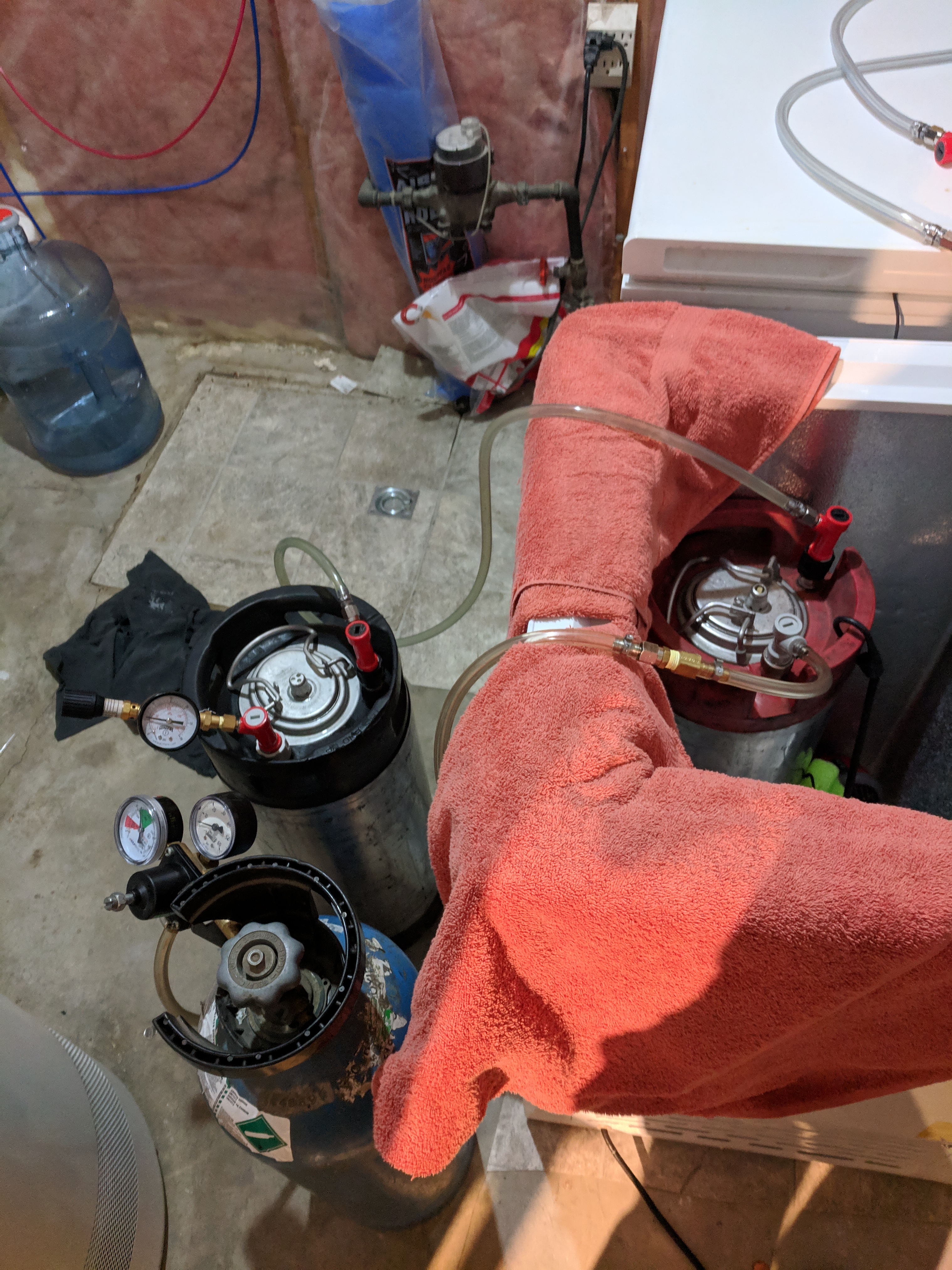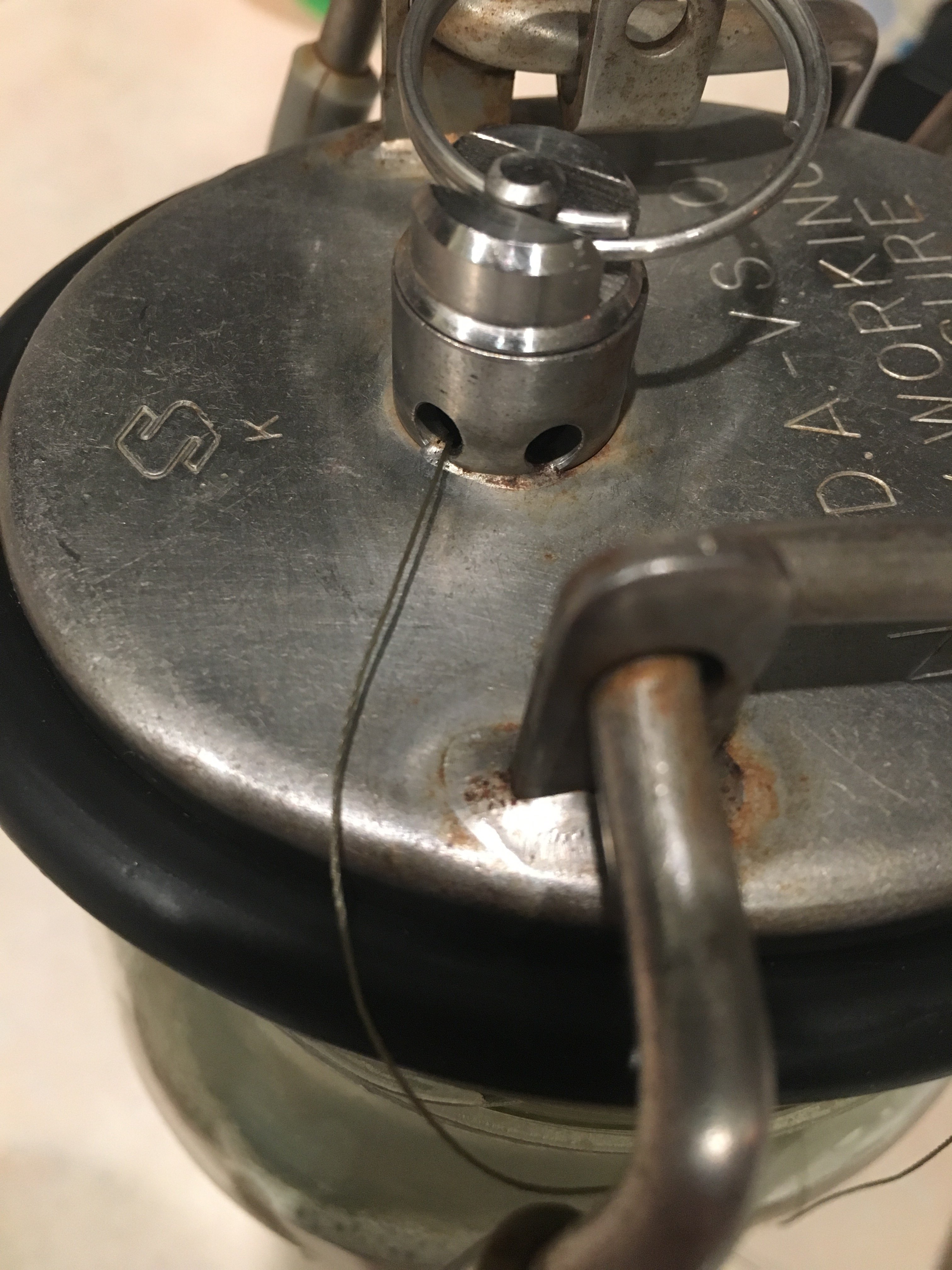Baldilocks_Brewing
Member
I ferment in corny kegs - always do split batches of 7gal - 3.5gal into each keg.
Day 0 - fermenting keg, water purged and wort added.
Day 0 - serving keg, water purged then dryhop added (keg hops) - hold for now
12-24hrs - gas "in" from fermenting keg to "out" of serving keg with dryhops. "In" of serving keg to sanitzer so that ferment gas flows thru bith an escapes. This CO2 purging continued until about 60-72hrs post pitch.
60-72hrs - biotrans dryhop added to fermenting keg. Gas out removed from serving keg to allow pressure to build in both fermenting & serving kegs. Spund to 22lbs. Separate & seal serving keg.
Day 10 cold crash fermenting keg for two days.
Day 12 transfer to serving keg for the final dryhop (serving keg still pressurized) beer naturally carbed from spund.
Day 14 chill, gas and serve
Day 0 - fermenting keg, water purged and wort added.
Day 0 - serving keg, water purged then dryhop added (keg hops) - hold for now
12-24hrs - gas "in" from fermenting keg to "out" of serving keg with dryhops. "In" of serving keg to sanitzer so that ferment gas flows thru bith an escapes. This CO2 purging continued until about 60-72hrs post pitch.
60-72hrs - biotrans dryhop added to fermenting keg. Gas out removed from serving keg to allow pressure to build in both fermenting & serving kegs. Spund to 22lbs. Separate & seal serving keg.
Day 10 cold crash fermenting keg for two days.
Day 12 transfer to serving keg for the final dryhop (serving keg still pressurized) beer naturally carbed from spund.
Day 14 chill, gas and serve







